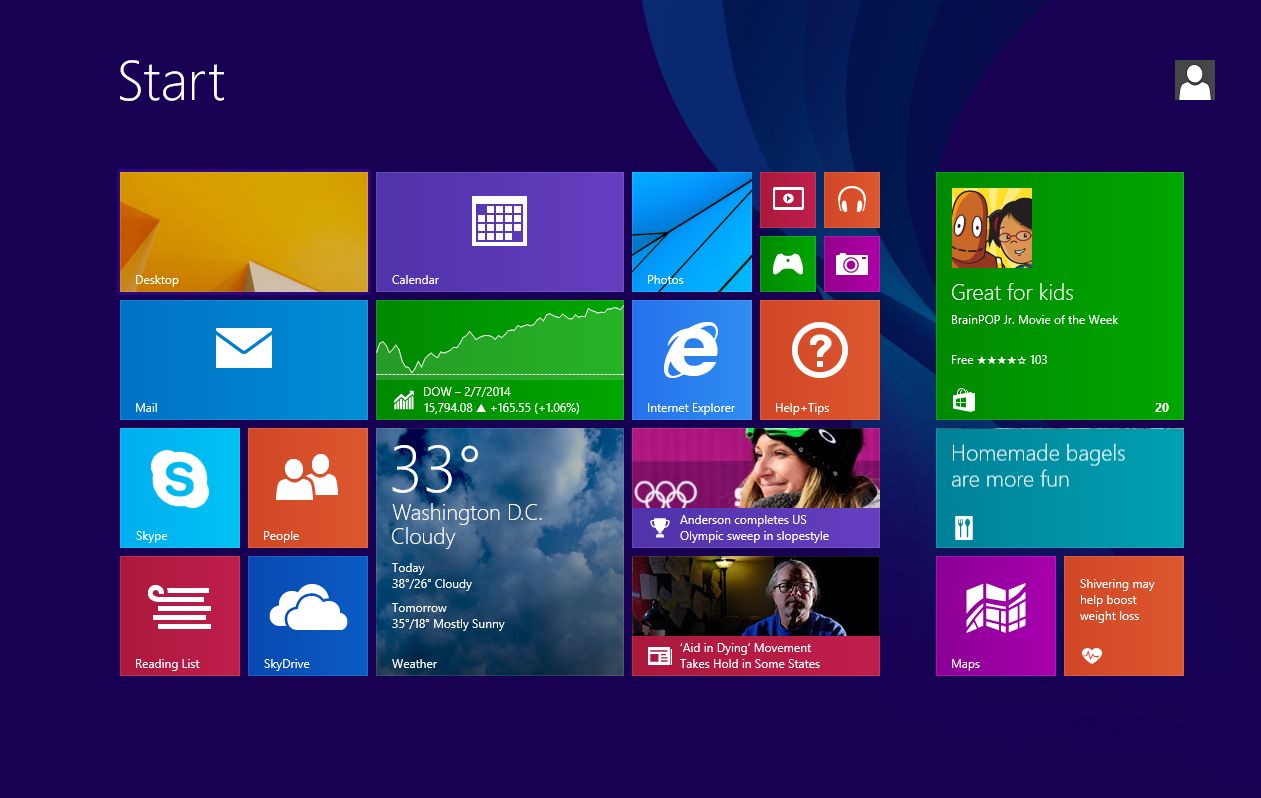Windows 8 it was a very controversial release due to the major changes it introduced at the user interface level. This interface, first called Metro and then Modern UI, eventually pushed its creator forward, Steven Sinoskfy, who left the Redmond-based corporation through the back door. Now, ten years later, Steven Sinofsky gave an interview to Ars Technica to explain many of the decisions made around Windows 8.
At Ars Technica, the interview began, or at least it’s the first question one sees written, asking if Apple’s iPad was the main reason Windows 8’s quirky interface was created. Here, Sinofsky revealed the dominance of the iPhone first and Android later with the consumer. computer market with sales already in the billions and many people use them instead of x86 PCs.
In addition, Sinofsky said that “if there was any hope of increasing PC usage, it would come from a more smartphone-friendly environment. This was about the basic user interface (launcher) and metaphors (touch), as well as fundamentals like cloud storage and all-day battery life, as well as how mobile hardware platforms ran outside of computers, such as with sensors.”
In short, the design team’s intention with the Windows 8 interface was to modernize the system to better suit the forms of use that were proliferating at the time, all with the goal of “taking the essence of the computer and taking it beyond smartphones.”
A former Microsoft employee claimed that the Metro design language was “itself an evolution at Microsoft, from Expedia to Windows Media Center and Windows Phone”. Despite acknowledging that there are alternatives, he said the company saw that the combination of the Start screen and the tiling solved many of the shortcomings they saw in the Start menu, taskbar, system tray, devices and notifications.

When asked his thoughts on how Windows 8 has evolved or changed over the last 10 years, Sinofsky insisted on the current dominance of mobile devices over desktop computers: “90 percent (that’s a rhetorical statistic) of computing is now done through application grids, which launches on touch and fills the screen. Desktop browsing is dominated by mobile browsing, with total time spent on mobile devices significantly outstripping desktop. Desktop computers are on the decline. This assumes that desktop computers are not used at all, and several billion people will never see desktop computers as they have traditionally imagined.”
Another detail that Sinofsky mentioned is that Windows 8 and the Surface PC division were created in parallel to offer a specific experience on a modern hardware platform. On the other hand, he highlighted features like “contracts,” which he said represented an incredible innovation in connecting apps together to offer things like more integrated and user-friendly search results.
The interview provided by Ars Technica goes much further, but the main takeaway is that Steve Sinofsky is still convinced, at least to a large extent, of the vision he wanted to print in Windows 8, even though he acknowledges also that the proposed changes were too many and too fastwith the result that “Windows has ended up being locked down and today maintains its secure position, albeit in a shrinking desktop world.”
Like it or not, the paradigm that standardized Windows 95 is still very much in place and most users are very reluctant to radically change it, hence much of the rejection that Windows 8 received. start, albeit in a somewhat strange way, in Windows 8.1 .
On the other hand, Sinofsky is not alone in trying to change the paradigm of desktop computers, since GNOME, the desktop for Linux, tried to do the same, with the result that most use extensions to get a more user-friendly experience.classic.














